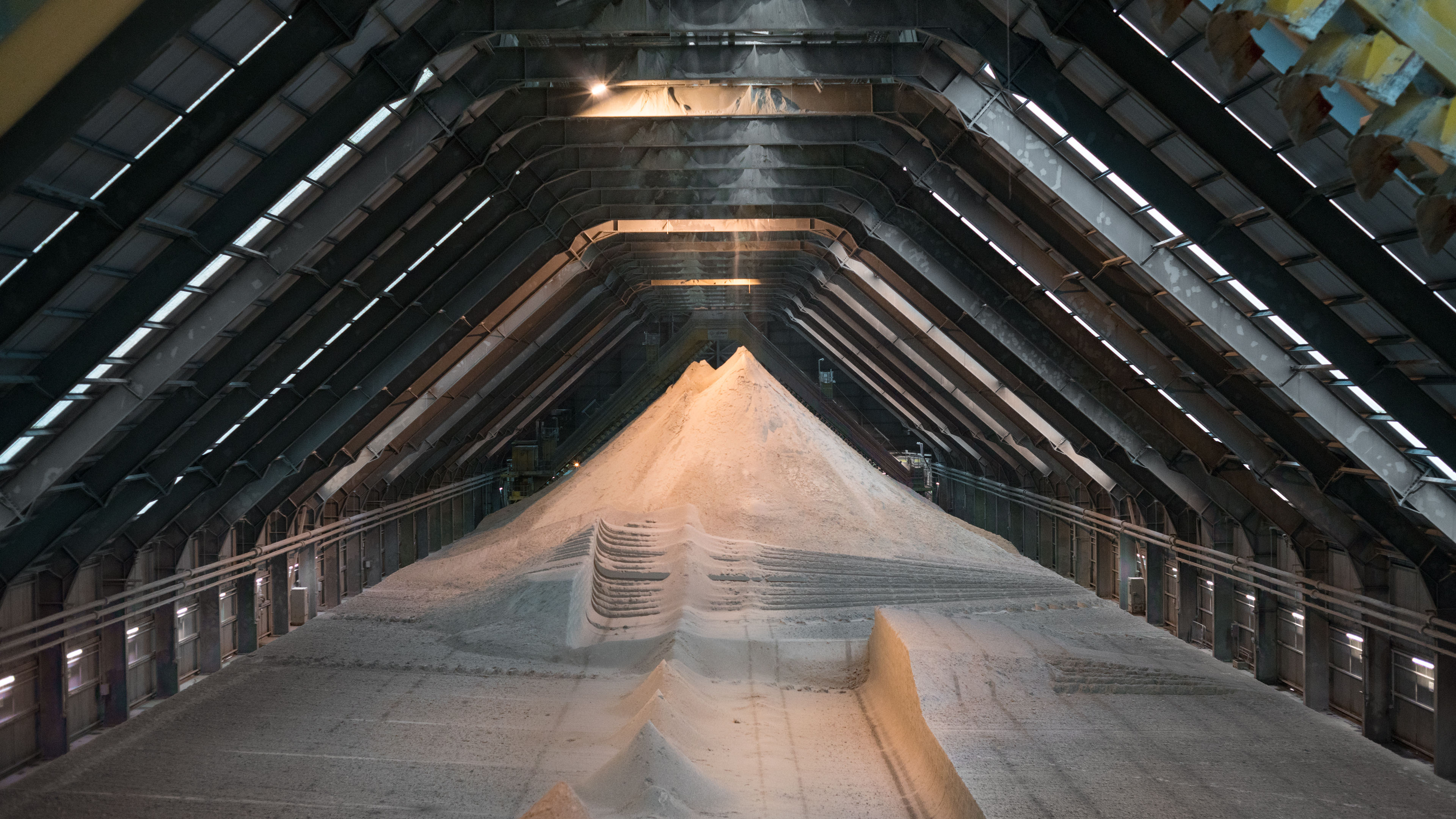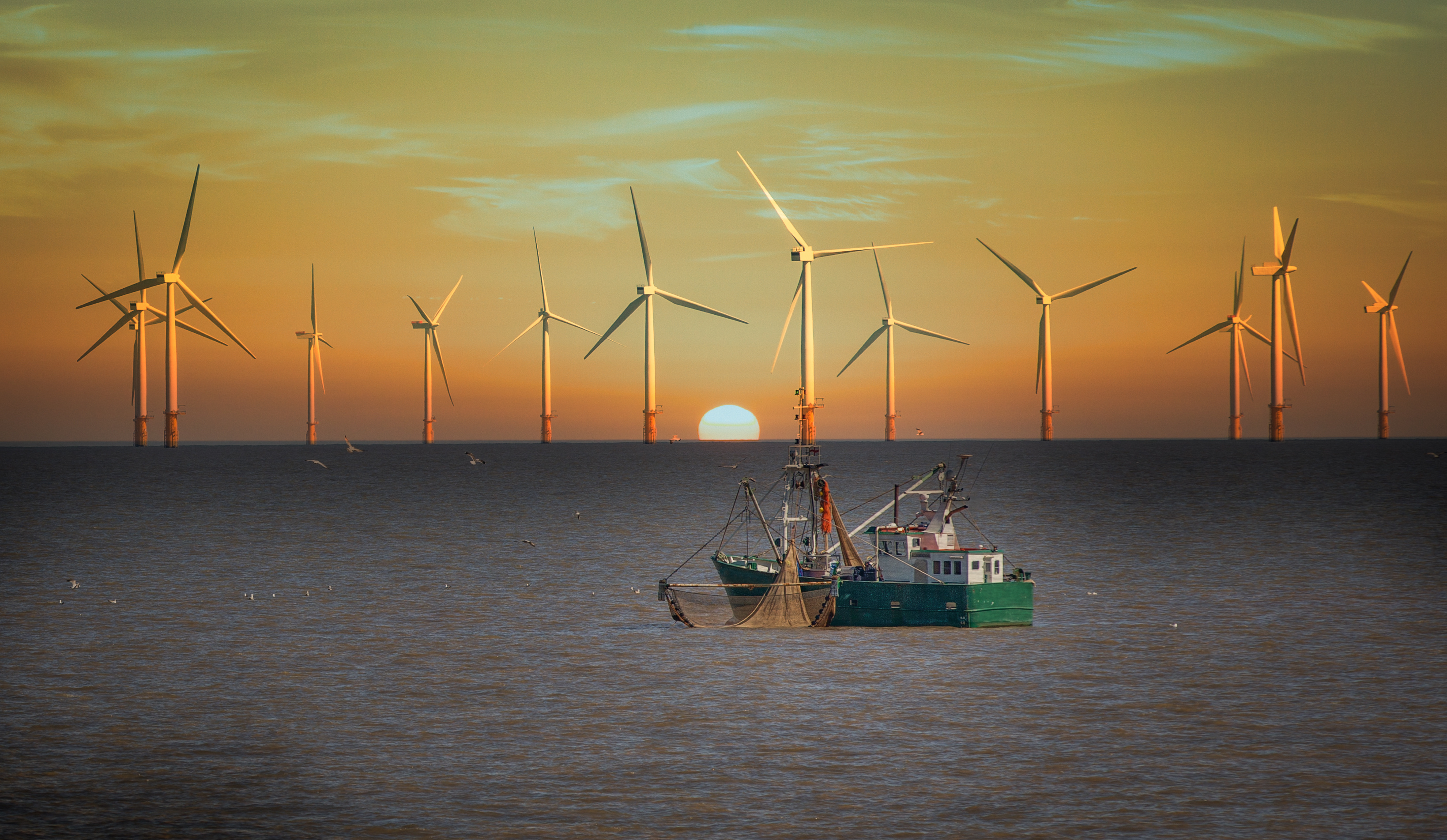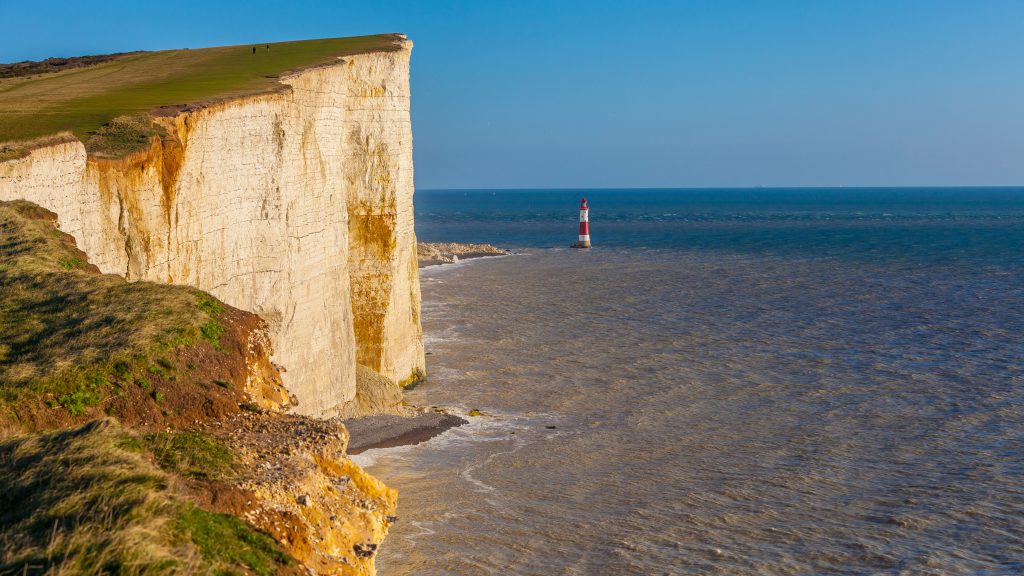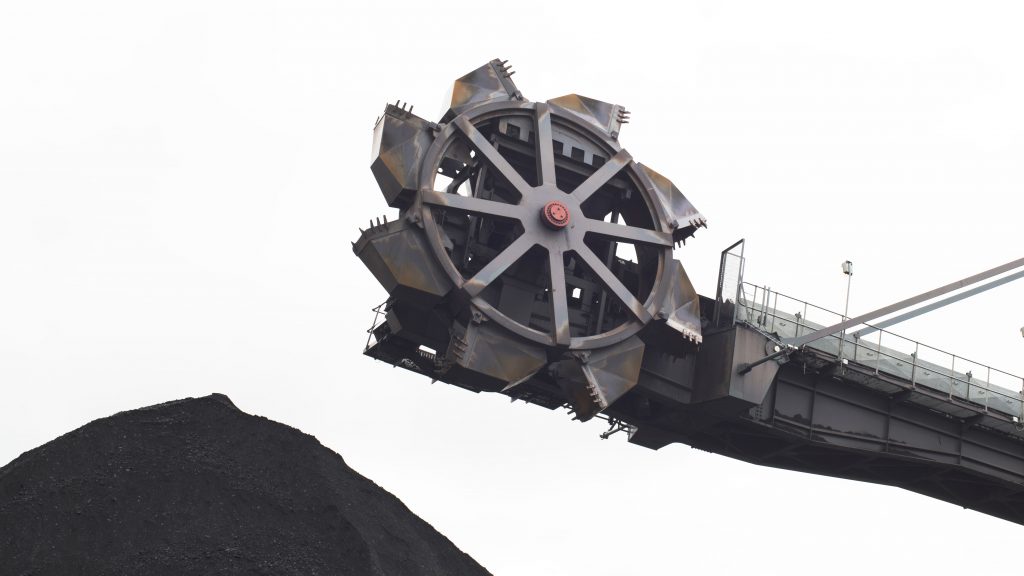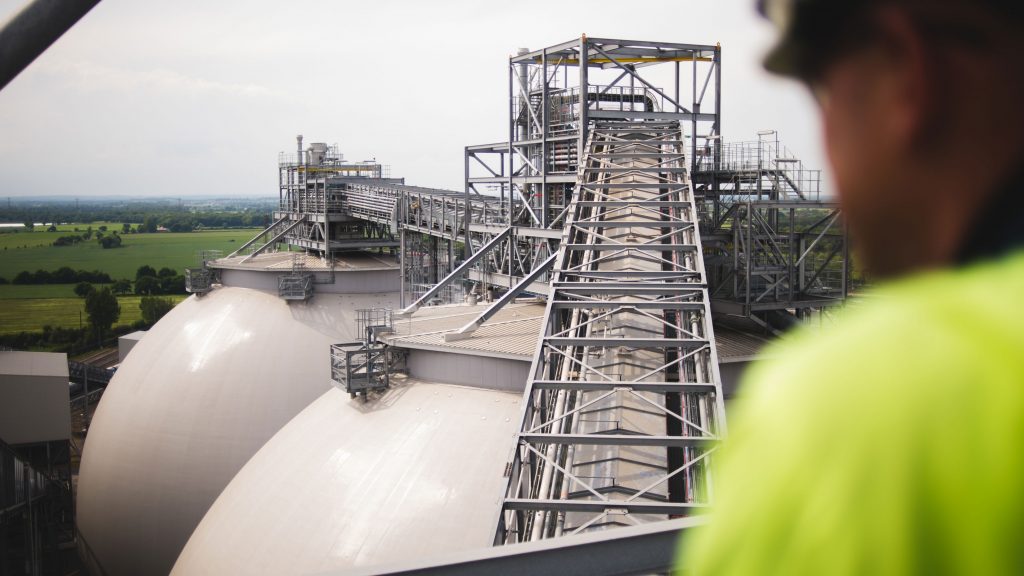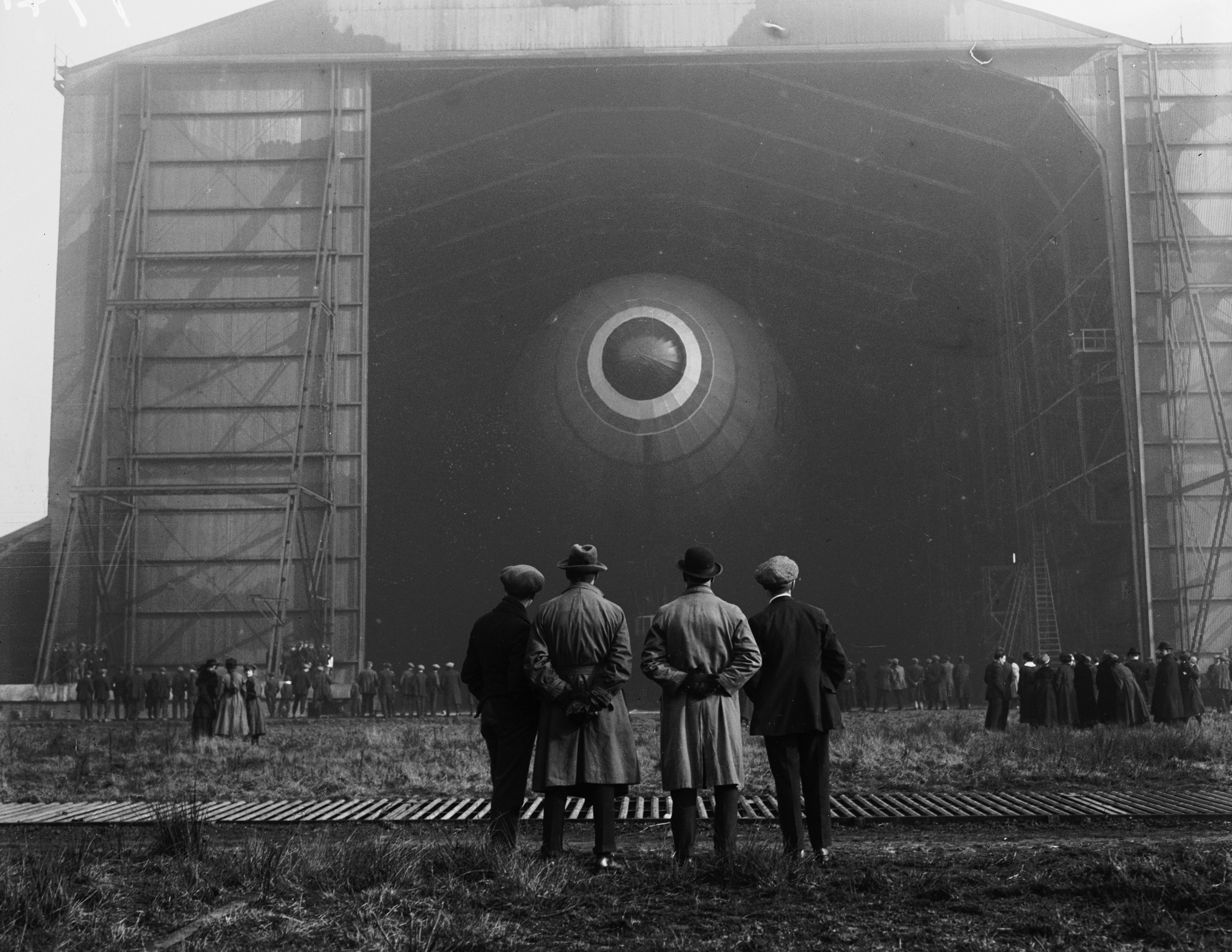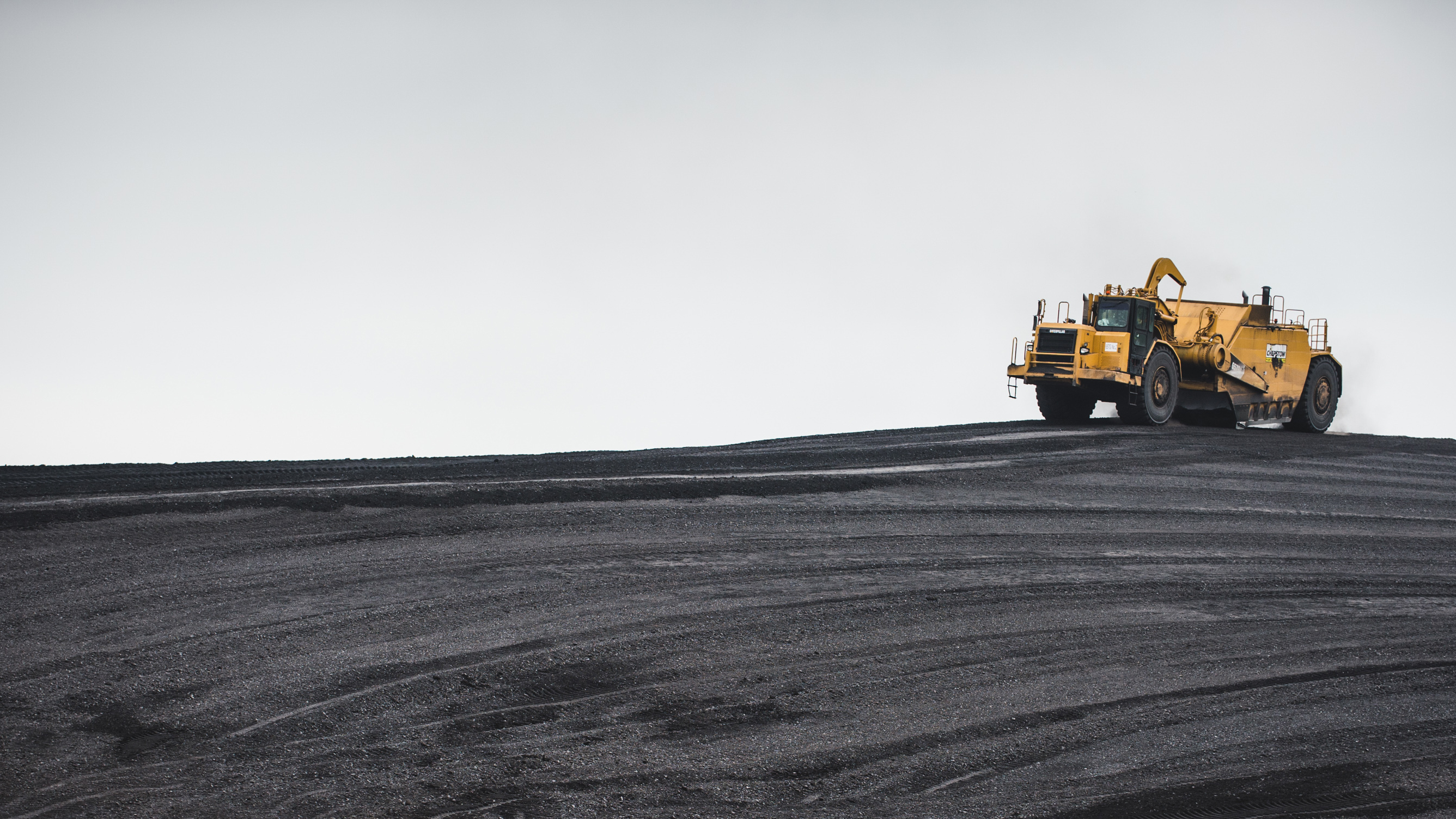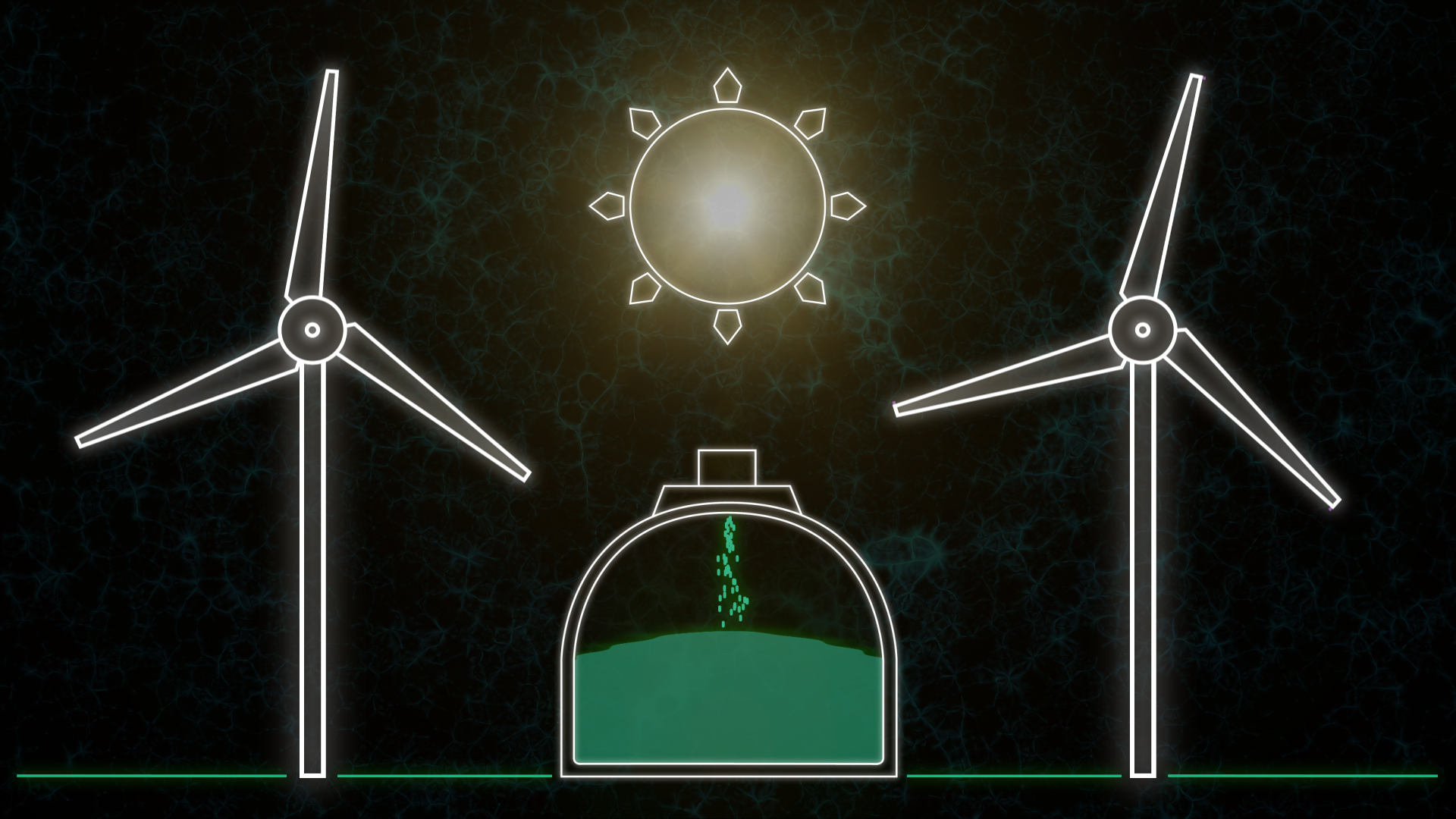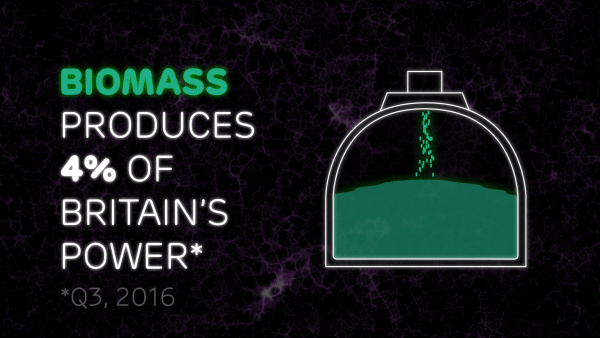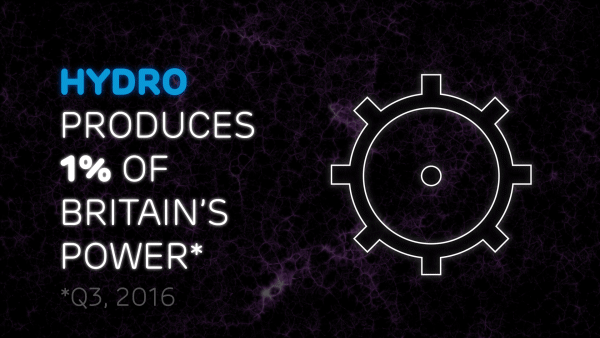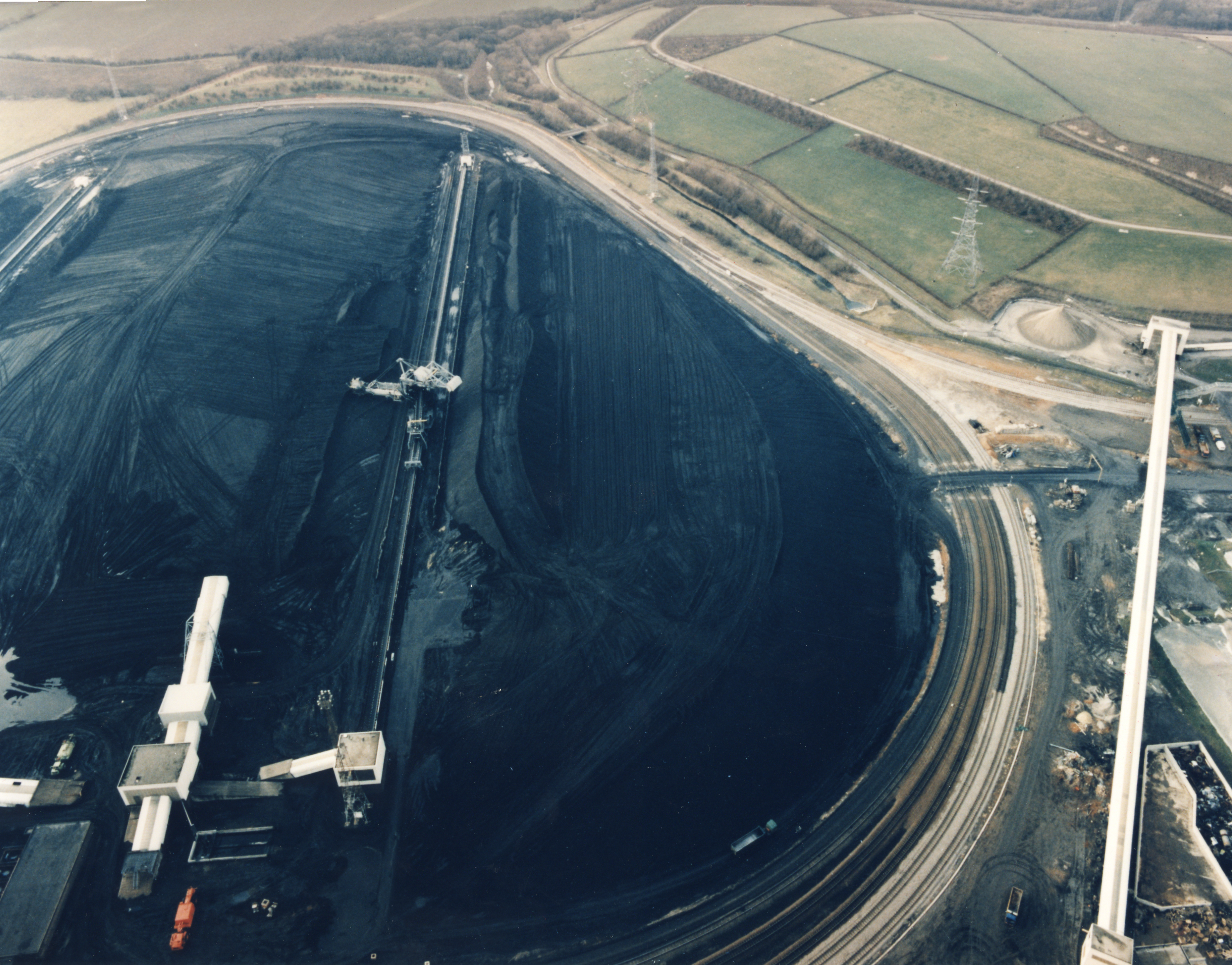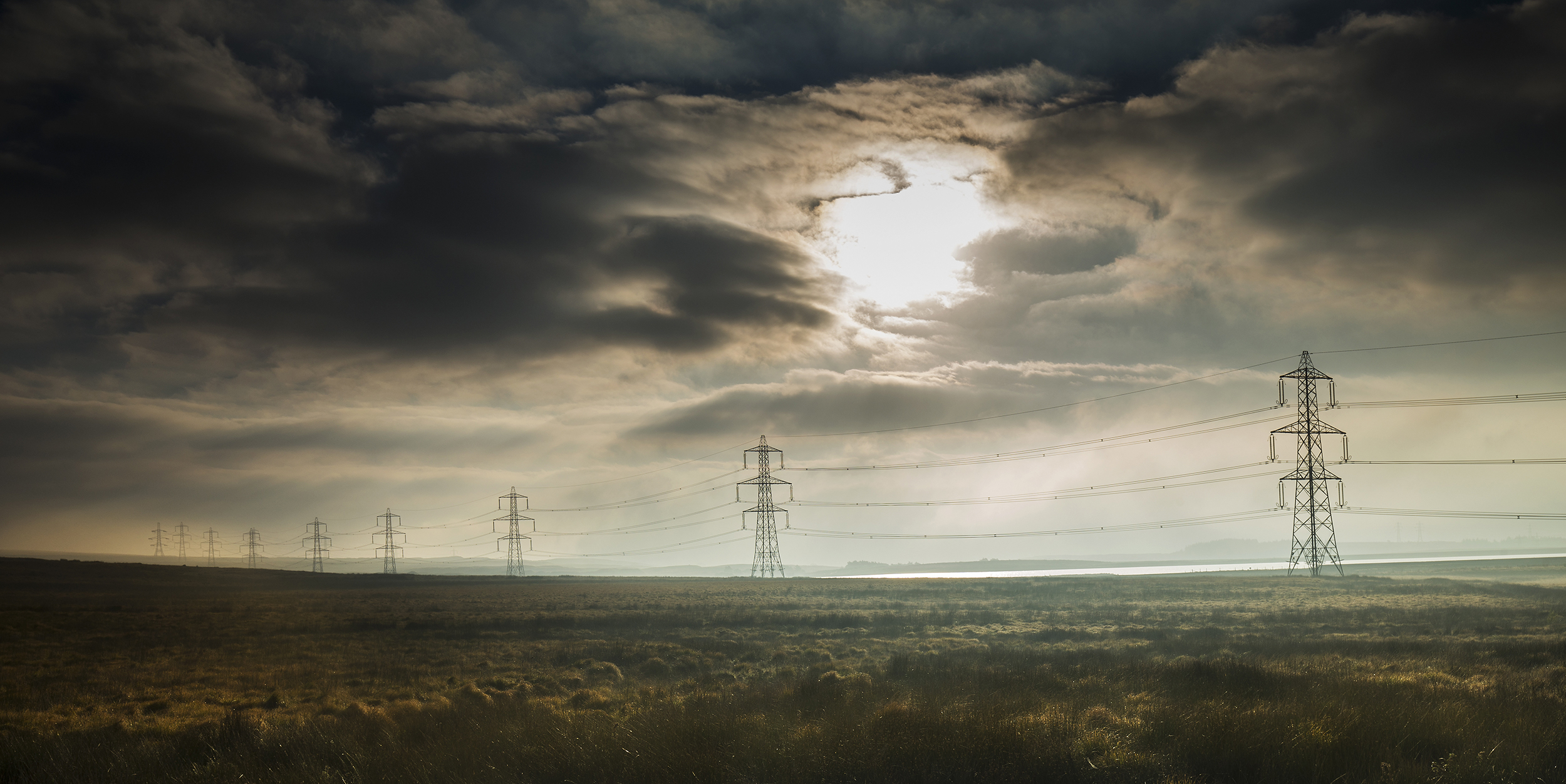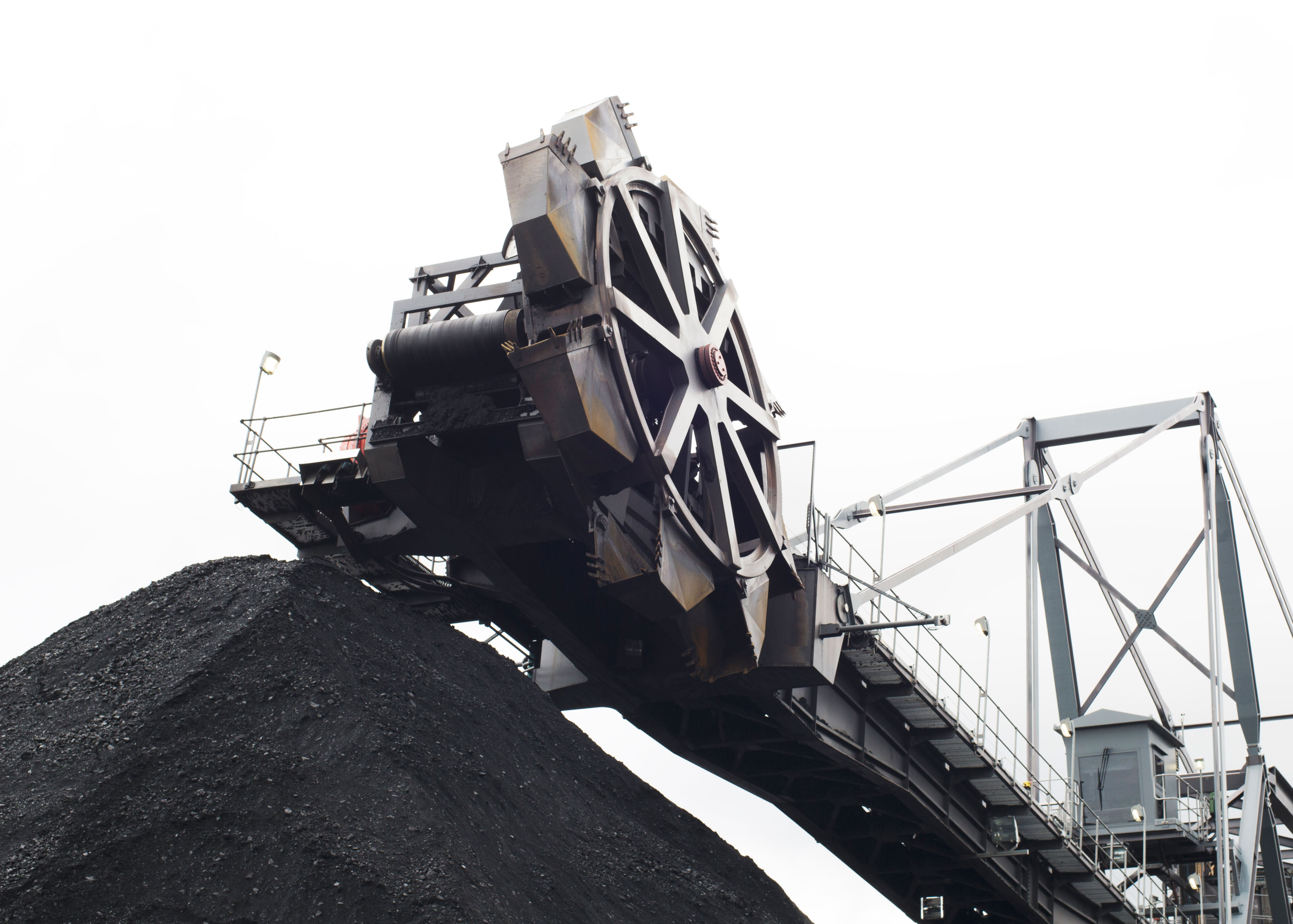
In the Spring Budget 2017, the Chancellor announced that the Government remains committed to carbon pricing. Philip Hammond’s red book revealed that from 2021-22 ‘the Government will target a total carbon price and set the specific tax rate … giving businesses greater clarity on the total price they will pay.’ Further details on carbon prices are to be ‘set out at Autumn Budget 2017’.
Researchers at Imperial College London have modelled what would have happened during 2016 with no carbon tax and also with an increased carbon tax. They have compared both with what actually happened. Their conclusion?
No carbon tax would mean:
- More coal
- Less gas
- Higher emissions.
A higher carbon tax would mean:
- Less coal
- More gas
- Lower emissions
Since it was announced in 2011, the Carbon Price Support (CPS) has encouraged generators and industry to invest in lower carbon and renewable technologies. It has also forced coal generators to fire their boilers only when they are really needed to meet demand, such as during the winter months or at times of peak demand and still or overcast weather conditions during the summer months.
The introduction of the carbon price has meant that gas power stations, which are less carbon intensive than coal, have jumped ahead of coal in the economic merit order of energy generation technologies and produced a greater share of the UK’s power. The same is the case for former coal generation units that have since upgraded to sustainable biomass – three such units at Drax Power Station result in savings in greenhouse gas (GHG) emissions of at least 80%.
A coal cliff edge?
The Carbon Price Support has resulted in significant savings in the country’s greenhouse gas emissions, helping the UK meet its international climate change commitments. Removing or reducing the CPS too soon and Britain’s power mix risks going back in time. It would improve the economics of coal and encourage Britain’s remaining coal power stations to stay open for longer creating a risk to security of supply through a ‘cliff edge’ of coal closures in the mid-2020s. Changing the economics to favour coal also makes it harder to reach the UK government’s goal of bringing a new fleet of gas power stations online.
What if …
Dr Iain Staffell from the Centre for Environmental Policy at Imperial College London has modelled a scenario in which the Carbon Price Support did not exist in 2016. “If the government had abolished all carbon pricing, we would probably have seen a 20% increase in the power sector’s carbon emissions,” said Staffell.
“Removing the Carbon Price Support would have the equivalent environmental impact of every single person in the UK deciding to drive a car once a year from Land’s End to John o’Groats.”
Without the Carbon Price Support, emissions from electricity consumption would be 20% higher, meaning an extra 250 kg per person (equivalent to driving a car 800 miles).
Running the numbers
The Carbon Price Support is capped at £18/tCO2 until 2021. In his Budget on 8th March 2017, Chancellor Philip Hammond – rightly, in the view of Drax – confirmed the government’s commitment to carbon pricing. Using data from National Grid and Elexon and analysis from Dr Iain Staffell, Electric Insights shows how coal power generation was only needed last winter when electricity demand was greater than could be produced by other technologies alone. Coal was only used at times of peak demand because it was among the most expensive energy technologies, in part due to the CPS.
What if that wasn’t the case and the government had decided to scrap the CPS before that point in time? More coal is burnt, particularly during the daytimes – on average coal produces 2,500 MW more over this week (equivalent to four of Drax Power Station’s six generation units).
And what does Dr Iain Staffell’s model suggest would have happened if the cap was doubled to £36/tCO2? The change is stark. Even for a week in the winter, with an average temperature across the country of 8.6oC, to see coal generation reduced so much compared to the actual CPS of £18/tCO2 or the £0/tCO2 scenario model, illustrates the impact of the Carbon Price Support.
Could bill payers save?
One argument for reducing the Carbon Price Support – or scrapping it altogether – is the possibility that consumers and non-domestic electricity bill payers would save money. It’s worth noting that apparent savings for electricity bill payers are lowered when the whole way that power is priced is accounted for, by the time it reaches homes and businesses.
“Carbon price support does increase the cost of wholesale power,” says Staffell. “But if you add the extra taxes, other renewable and low carbon support measures, transmission and balancing charges and fees imposed by electricity suppliers, the overall impact on consumer bills is modest. So, if the government abolished all carbon pricing, we could expect a 1 p/kWh reduction in our tariffs, but a 21% increase in our carbon emissions.”
As a report by economic consultancy NERA and researchers from Imperial College London has already shown, there are other ways to save bill payers money, while encouraging a low carbon future. Their analysis published in early 2016 found that households and businesses could save £2bn if the government considered the whole system cost of electricity generation and supply when designing its competitions for support under its Contracts for Difference (CfD) scheme.
2016, redux
Without the Carbon Price Support, the UK wouldn’t have managed to send carbon emissions back to 19th century levels.
So if 2016 was played out one more time but with no Carbon Price Support:
- Coal generation would have increased by 102% (28 terawatt-hours) to 56 TWh
- Gas generation would have decreased by 21% (-27 TWh) to 101 TWh
- Carbon emissions would have risen by 21% (16 million tonnes of carbon dioxide) to 92MT CO2
- The carbon intensity of the grid would have increased by 20% from 290 gCO2/kWh to 349 gCO2/kWh
And if 2016 had seen a doubling of the CPS to £36/tCO2:
- Coal generation would have decreased by 47% (-12.9 TWh) to 14.7 TWh
- Gas generation would have increased by 9% (11.8 TWh) to 139.5 TWh
- Carbon emissions would have decreased by 10% (7.3 MT CO2) to 68.6 MT CO2
- The carbon intensity of the grid would have decreased by 9% from 290 gCO2/kWh to 263 gCO2/kWh
The two scenarios presented above only modelled the impact of no or a higher Carbon Price Support on nuclear, coal and gas power supply. In the real-world, changes to the Carbon Price Support would also impact on energy technologies that operate under the Renewables Obligation (RO) such as two of Drax’s three biomass units and much of the country’s other renewable capacity. CPS changes would also likely impact imports and storage.
While no analysis is perfect this clearly illustrates the significantly negative impact that scrapping or reducing the Carbon Price Support would have on the UK’s decarbonisation agenda. It also highlights the benefits that the government’s decision to remain committed to carbon pricing will deliver.
What if … Britain had no carbon price support?https://t.co/nGz1JzMHTX pic.twitter.com/MIUSYf73gq
— Drax (@DraxGroup) March 13, 2017
Commissioned by Drax, Electric Insights is produced independently by a team of academics from Imperial College London, led by Dr Iain Staffell and facilitated by the College’s consultancy company – Imperial Consultants.







